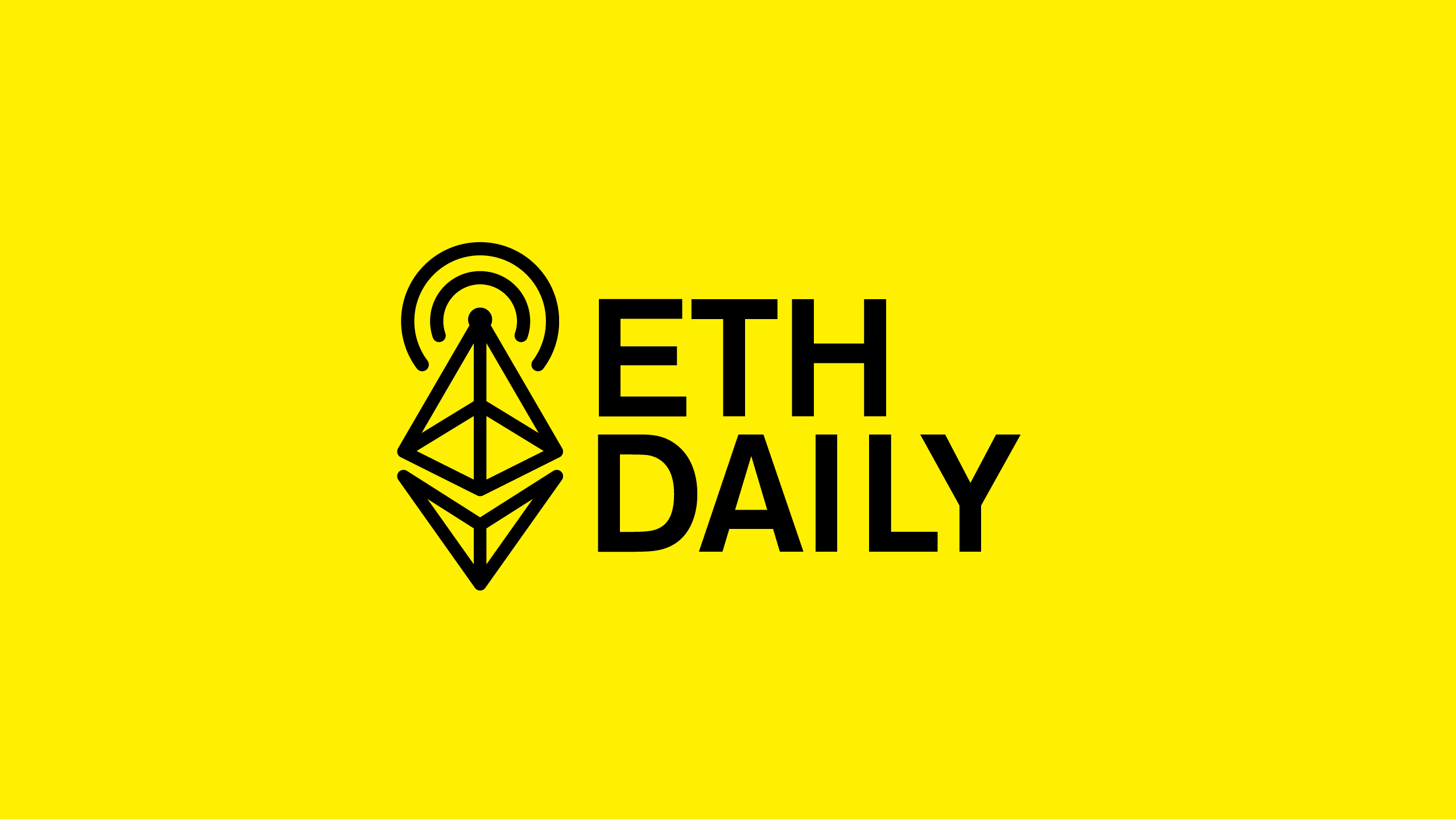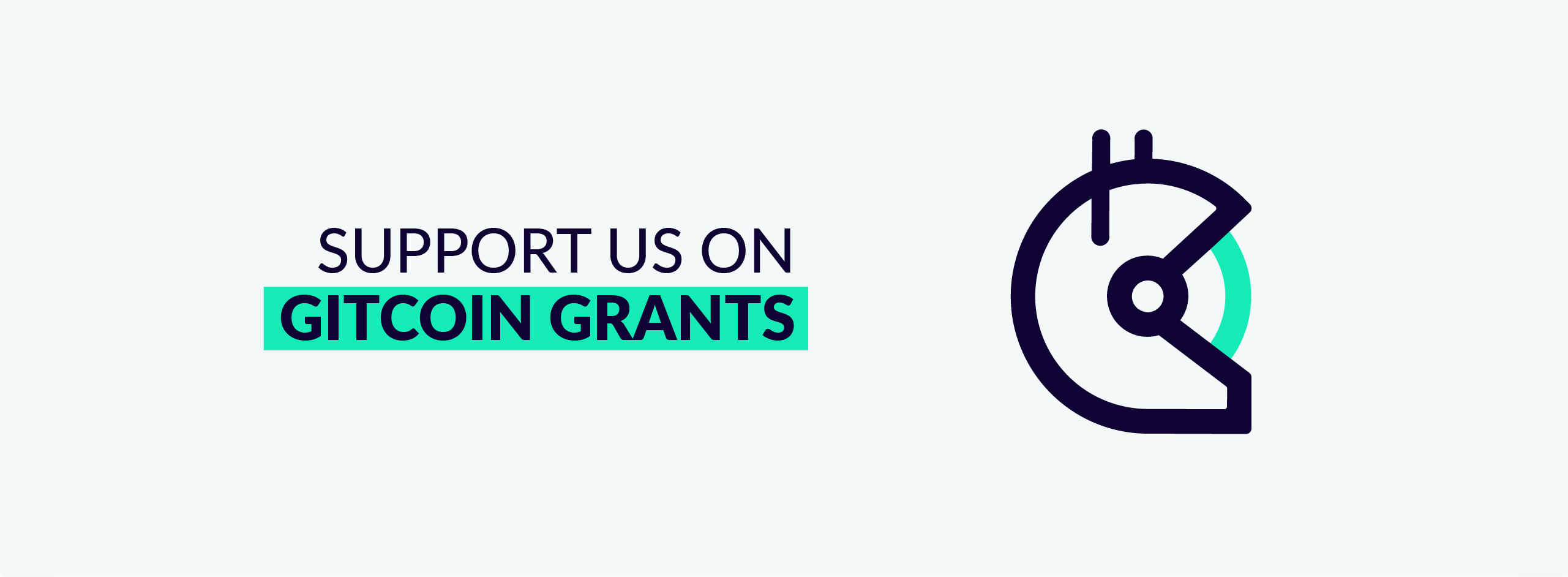Reduced Builder Fees Slated For Shanghai Upgrade
Thursday, November 10, 2022

Quick Take
- EIP-3651 is slated for the Shanghai upgrade.
- Aztec Network releases an alias recovery tool.
- zkSync introduces a Bootloader contract.
- LayerZero Labs buys out its equity stake from FTX.
This is our Trezor affiliate link.

EIP-3651 Slated For Shanghai Upgrade
EIP-3651, aka Warm COINBASE, is planned to be included in Ethereum’s Shanghai upgrade. Warm COINBASE reduces gas fees for transaction builders by keeping the coinbase address warm. Builders, such as Flashbots, are responsible for packaging transactions which are then sent to validators.
Coinbase is the name of the software used by builders to receive tokens. With EIP-3651, builders no longer need to execute an initial transaction to “warm up” the coinbase address. The EIP reduces gas fees for MEV participants who execute complex trades. There would also be no gas fees for failed builder transactions.

Aztec Network Releases Alias Recovery Tool
Aztec Network released a tool for recovering aliases trapped in the old.zk.money system. Aliases created in the old system have been inaccessible for users who did not access their accounts between June 2021 and June 2022. Support for accessing old aliases in the new system was dropped this year for security purposes.
Users with aliases associated with a public key generated from the retired signing message system (pre-June 2021) can now use zk.money/toolbox to transfer their alias to a new account. The migration to the new zk.money system introduced human readable signatures for key generation and improved security updates.
zkSync 2.0 Introduces Bootloader Contract
zKSync introduced Bootloader, an account abstraction contract used for executing bundles of transactions. The bootloader reads transactions sequentially, sets meta parameters, and requests permission from the originating account to execute the transaction on its behalf. The mechanism is known as account abstraction.
Account abstraction is supported natively on zkSync 2.0. It allows users to pay transaction fees in ERC-20 tokens. User transactions are sent to a separate mempool where relayers bundle them into a single transaction that is included in a block. Developers use the bootloader contract when implementing account abstraction features.

LayerZero Labs Buys Out Equity From FTX
Cross-chain messaging protocol LayerZero Labs has bought back 100% of its equity stake from FTX and Alameda Research. FTX Ventures had co-led a $135 million investment round in LayerZero Labs back in March. The deal also included STG token warrants, which will now be transferred back to the Stargate Foundation.
In a memo to investors, LayerZero CEO Bryan Pellegrino revealed that the project has $107 million in direct cash balance and $27 million in on-chain funds for a total of $134 million worth of assets. According to Pellegrino, the capital provides no less than 7 years of runway. FTX has since filed for Chapter 11 bankruptcy.

MIM Stablecoin Breaks Dollar Peg
USD-pegged stablecoin Magic Internet Money (MIM) broke its peg amid the collapse of FTT, the native token of FTX. More than 30% of MIM is backed by FTT collateral. Abracadabra Money, the protocol behind MIM, also holds $8.5 million in bad debt caused by exposure to Terra Luna. Bad debt accounts for roughly 6% of the protocol’s assets.
Exposure to FTT bears the risk of additional bad debt in the event that liquidations don’t execute fast enough to cover the protocol’s liabilities. Bad debt exposes users to the risk of loss as there is not enough collateral to process withdrawals in full. Some users have hedged against the MIM depeg on hedging protocol Y2K Finance.

